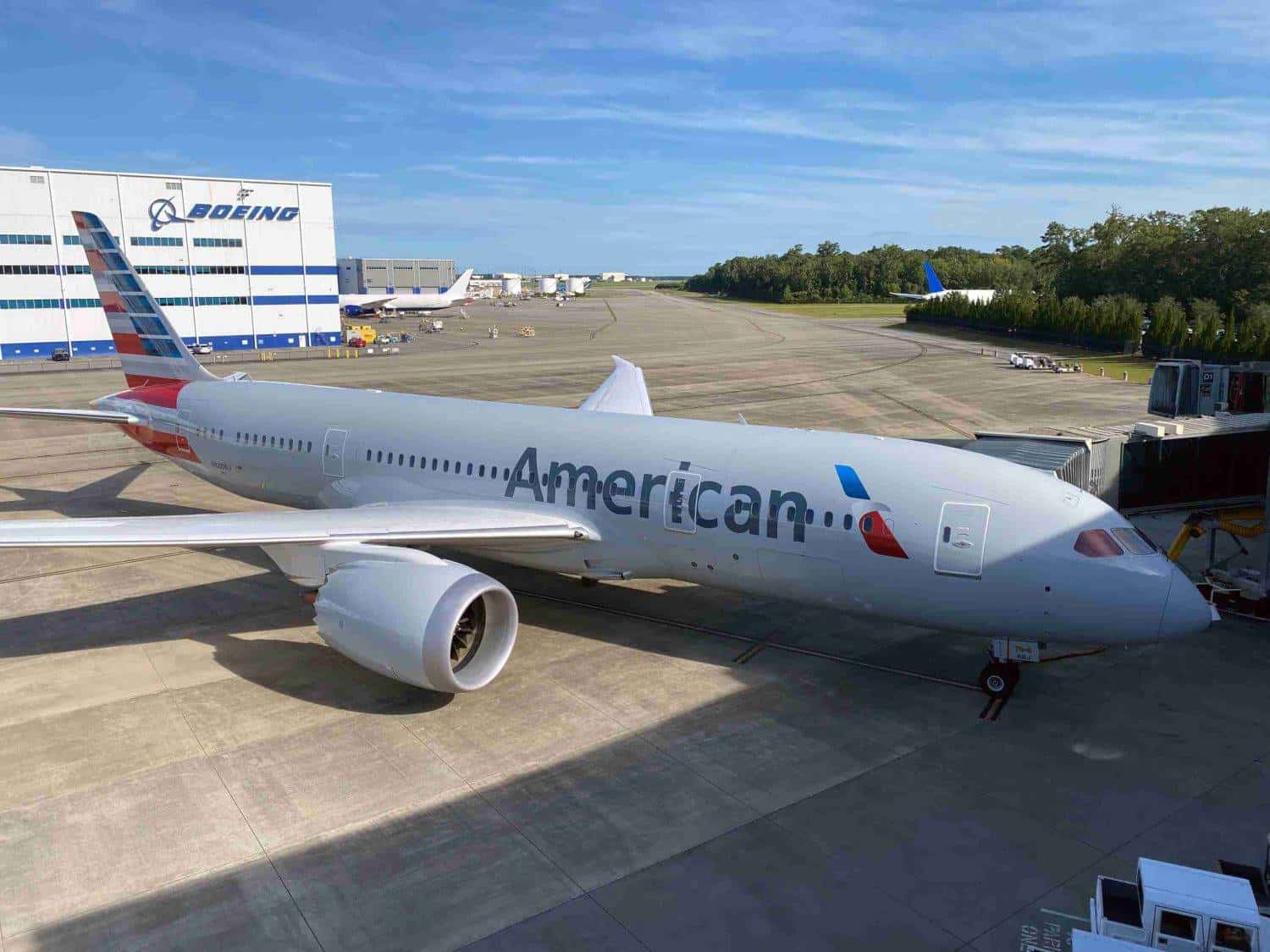New York, United States–American Airlines unveiled a large order on Monday of narrow-body planes from European giant Airbus, Brazil’s Embraer and Boeing, including a model from the US giant that has yet to be certified.
The order comprises 260 new planes, plus options for an additional 193 aircraft, American Airlines said in a news release.
“Over the past decade, we have invested heavily to modernize and simplify our fleet, which is the largest and youngest among US network carriers,” said the company’s CEO Robert Isom.
“These orders will continue to fuel our fleet with newer, more efficient aircraft so we can continue to deliver the best network and record-setting operational reliability for our customers.”
The announcement includes a firm order for a further 85 Airbus A321neo jets, bringing the total number of the European manufacturer’s largest single-aisle aircraft American has ordered to 219, Airbus said.
American also reached agreement to buy 90 of Embraer’s E175 planes, which can seat up to 76 passengers, plus options for as many as 43 more planes from the Brazilian company.
With Boeing, American Airlines ordered 85 Boeing 737 MAX 10, the biggest version of the MAX family that has remained popular with customers despite problems.
The Boeing part of the announcement includes a conversion of orders of 30 of the smaller 737 MAX 8 to the MAX 10, which is still being certified by the Federal Aviation Administration (FAA).
The Airbus order is worth upwards of $11 billion, based on list prices for the plane, while the Boeing order is worth some $11.5 billion and Embraer’s more than $7 billion.
Questions on timeframe
The latest orders are a sign of American’s confidence in Boeing, which saw a major safety incident on a 737 MAX plane operated by Alaska Airlines in early January that led to a temporary grounding of some of its 737 MAX aircraft.
US regulators last week gave Boeing 90 days to come up with a plan addressing quality control issues.
In January, Isom spoke critically of the US giant’s performance, saying, “Boeing needs to get their act together.”
But on Monday, the company said it was pleased for Boeing to play a major role in providing a “steady stream of new aircraft” into the coming years.
“We deeply appreciate American Airlines’ trust in Boeing and its confidence in the 737 MAX family,” said Boeing head of commercial airlines Stan Deal.
The MAX-10 has a maximum configuration of 230 passengers for a 5,740-kilometer (3,566 miles) range to 244 passengers and a 7,400-kilometer (4,598 miles) range for the Airbus A321.
Boeing had been targeting the MAX 10, to begin deliveries in 2024, but has said that time-table could lapse in light of the latest MAX issues.
“The FAA will ultimately determine the timing of certification and entry into service,” Boeing said in a January securities filing of both the MAX 10 and the MAX 7, which also is still being evaluated.
“If we experience delays in achieving certification and/or incorporating safety enhancements, our financial position, results of operations and cash flows would be adversely impacted.”
Airbus and Boeing both have order books full for several years to come and are both ramping up production to meet the demand, even as the FAA followed up the January Alaskan scare by announcing increased oversight of Boeing production and manufacturing.
Airlines are striving to renew their fleets with more efficient aircraft to save on fuel costs and reduce CO2 emissions as they bid to cope with strong growth in air traffic in the coming years.








